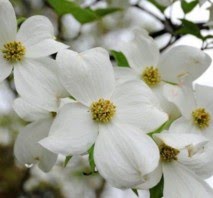
Topiary is an exciting design feature that can bring grace, elegance and even humour to the smallest plot. The tradition of clipping plants regularly to create all manner of shapes and effects is an ancient one, with living examples such as those at Levens Hall in the Lake District being over 300 years old.
One of the biggest strengths of topiary is its versatility. Topiary can be used to highlight features of interest in the garden. ... It provides year round structure which will look wonderful with a crisp covering of winter snow. A wide range of shapes can be created, from geometric cubes, spheres and pyramids to imaginative birds or animals. Curvy shapes can communicate a sense of movement and flow.
Any plants will respond well to regular clipping, but Buxus, or box, is one of the most popular. Its dense growth habit and evergreen leaves make it ideally suited for this purpose...Clip or prune in late spring. Taxus, or yew also responds well to this usage and most species tolerate urban pollution, dry soils and exposure. Clip or prune yew in summer and early autumn. (Please note, parts of yew are poisonous).
If you're opting to grow topiary specimens in containers, remember pots and planters play a role in complementing the planting too. At the same time, why not look at the wide range of dwarf and ornamental conifers that work so well alongside shaped plants?
Source: North Hampshire Gardening.













No comments:
Post a Comment